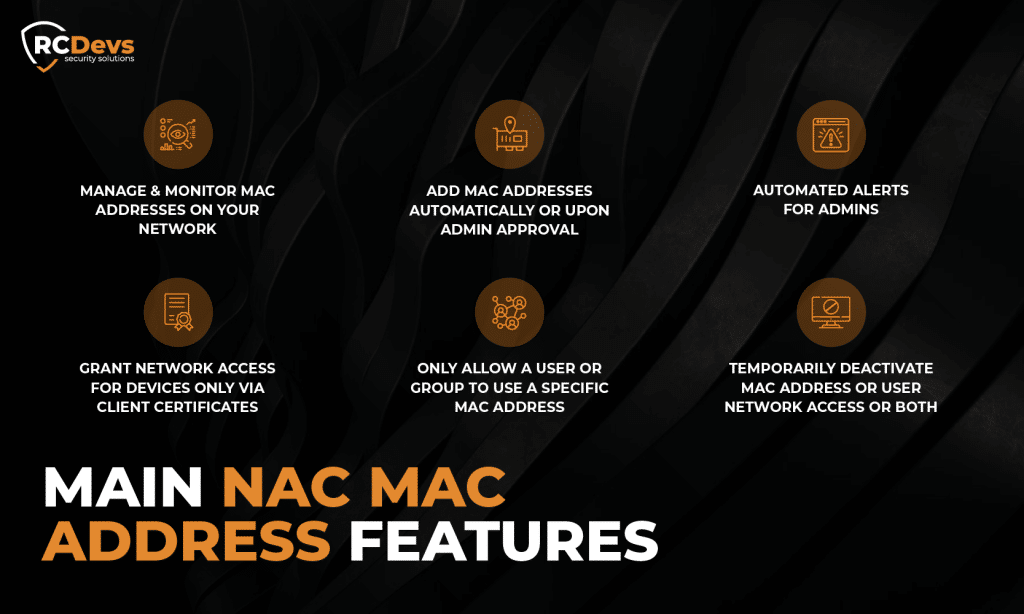
The Internet of Things (IoT) is changing industries and enabling new ways to connect devices and systems. With billions of connected devices, IoT provides convenience and efficiency across various sectors. However, these devices also introduce security risks. As IoT adoption grows, so do the potential threats. Below, we explore the risks IoT devices present and how organizations can address them.
IoT’s Impact: Opportunities and Risks
IoT devices include smart home systems, wearable tech, industrial sensors, and more. These devices collect, transmit, and process large amounts of data, automating operations and providing real-time insights. At the same time, the growing use of IoT devices opens up new opportunities for cyberattacks, particularly because many devices are not designed with strong security in mind.
Common Threats from IoT Devices
1. Lack of Standardized Security Protocols
Many IoT devices lack robust security protocols. Manufacturers often prioritize functionality and speed to market, resulting in devices with minimal built-in security. This makes them vulnerable to hacking, unauthorized access, and potential data breaches.
2. Increased Attack Surface
As more devices become connected, the number of potential attack points grows. Each connected device represents an entry point that could be exploited by cybercriminals. Compromising one weak device, such as a smart appliance, can give attackers access to an entire network.
3. Data Privacy Risks
IoT devices collect and transmit various types of data, some of it sensitive. This includes personal information from health trackers, or business data from industrial systems. Without proper security, this data can be intercepted or stolen, leading to privacy concerns, identity theft, or unauthorized access to company information.
4. Botnets and DDoS Attacks
IoT devices are often targeted for use in botnets, which are networks of compromised devices used to launch cyberattacks like Distributed Denial of Service (DDoS) attacks. The Mirai botnet incident, for example, showed how compromised IoT devices can be used to disrupt websites and services.
Mitigating IoT Threats
To address these risks, organizations should take steps to secure their IoT ecosystems. This includes implementing strong encryption, regularly updating device firmware, and monitoring network traffic for any signs of unusual activity. Additionally, manufacturers and businesses should prioritize security by design, ensuring that all IoT devices meet established security standards before they are deployed.

How RCDevs NAC Can Help
RCDevs’ Network Access Control (NAC) solution provides a comprehensive way to secure IoT devices on your network. By enforcing strict access policies and monitoring the behavior of connected devices, RCDevs NAC ensures that only authorized devices gain access to your network. Its automation capabilities help manage both wired and wireless devices, detecting new IoT devices and assigning them the appropriate access levels. This reduces security risks and provides better control over your entire IoT ecosystem.
Main NAC MAC Address Features
- User / Device MAC Address Management
- Manage and monitor MAC addresses on your network
- Add MAC addresses automatically or upon admin approval
- Automated alerts for Admins
- Grant network access for devices only via client certificates
- Only allow a user or group to use a specific MAC address
- Temporarily deactivate MAC address or user network access or both
IoT is transforming industries by offering improved efficiency and connectivity, but it also introduces security risks that need to be addressed. With billions of connected devices, the potential for cyberattacks is increasing, especially due to vulnerabilities such as weak security protocols and expanded attack surfaces. Organizations should adopt security measures like encryption, regular updates, and network monitoring to protect IoT ecosystems. RCDevs’ NAC solution can help by managing device access, ensuring that only authorized devices operate on the network, and reducing the risk of security incidents.
Content retrieved from: https://www.rcdevs.com/understanding-iot-threats-how-to-mitigate-them/


